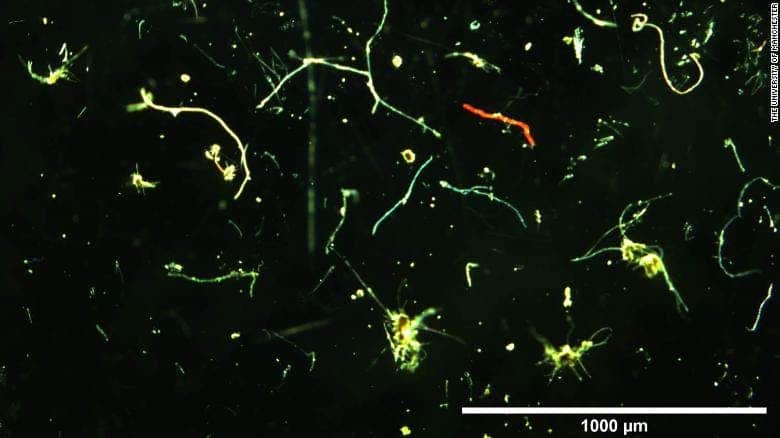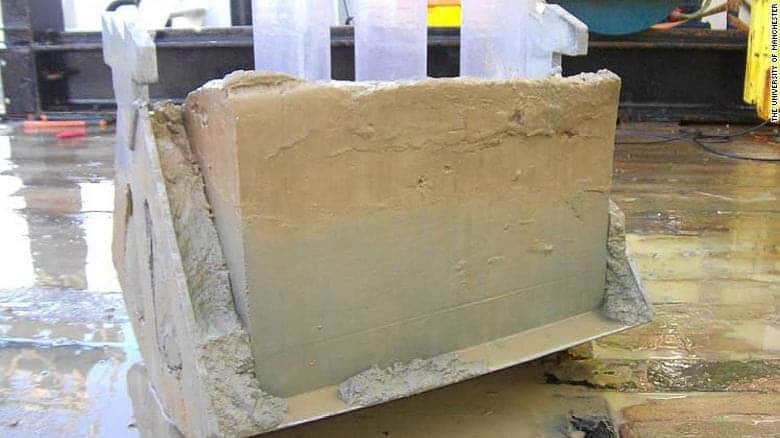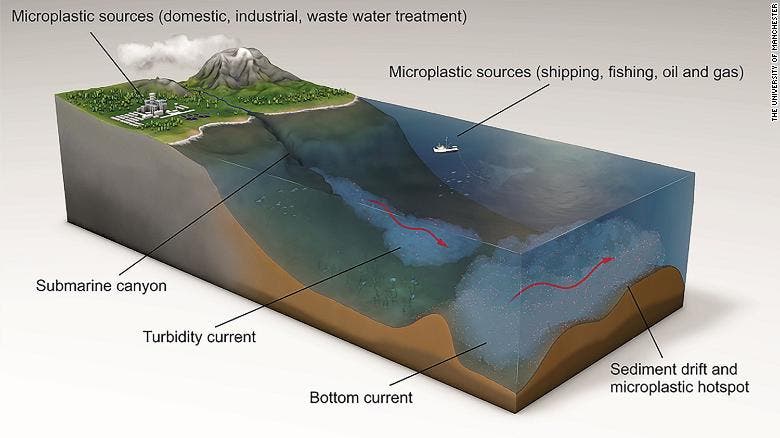Plastic is essentially everywhere and it has become one of the fundamental environmental problems of our era.
Unlike other types of waste, it doesn’t really decompose — it just breaks down into smaller and smaller pieces, until it turns into pieces smaller than five millimeters. These pieces are called microplastic, and they’re seemingly everywhere.

Microplastics are a relatively recent discovery. We’re not really sure what consequences this is having on the environment and our health, but while scientists are working to figure it out, the amount of plastic waste keeps growing — even on the seafloor.
A group of researchers has just identified the highest levels of microplastics ever recorded on the seafloor, with up to 1.9 million pieces covering just one square meter. The microplastics were found in sediments taken from the bottom of the Mediterranean Sea, off the coast of Italy.
“We were really shocked by the volume of microplastics we found deposited on the deep seafloor bed,” Ian Kane, lead author, told CNN. “It was much higher than anything we have seen before. The garbage patches of bottles, straws and bags on the surface of the water is the tip of the iceberg.”
The researchers, from the UK, Germany and France, said the accumulation of floating plastic accounts for less than 1% of the 10 million tons of plastic that enter the world’s oceans each year. The missing 99% is accumulated in the deep ocean, according to their findings.

The flow of plastic particles in the world’s oceans is directed by deep-sea oceanic currents.
These currents run as if they were conveyor belts, moving around plastic fragments and fibers across the seafloor, the study showed. This help microplastics gather within large sediment accumulations, which the researchers called microplastic hotspots.
“The currents build what are called drift deposits; think of underwater sand dunes,” said Kane. “They can be tens of kilometers long and hundreds of meters high. They are among the largest sediment accumulations on Earth. They’re made predominantly of very fine silt, so it’s intuitive to expect microplastics will be found within them.”
The researchers collected samples of sediments from the Tyrrhenian Sea, part of the Mediterranean. Then, they separated the microplastics from the sediment and determined how ocean currents controlled the distribution of microplastics on the seafloor.

The most concerning issue for the team is that the currents that move microplastics around also supply oxygen and nutrients to living organisms in the seafloor. So, by following the same route, microplastics could be entering into biodiversity hotspots, with high chances of them being eaten by marine life.
“We’re all making an effort to improve our safety and we are all staying at home and changing our lives – changing our work life, or even stopping work,” Elda Miramontes, co-author, told BBC. “We’re doing all this so that people are not affected by this sickness. We have to think in the same way when we protect our oceans.”
The study was published in the journal Science.






